Everything You Need to Know About Legalization 2.0
When thinking about cannabis legalization in Canada, it’s hard not to feel patriotic. October 17th, 2018 was a monumental day for the history books, as our country became the first G7 nation, following only Uruguay in the world, to legalize recreational cannabis. People lined up across the country, eager to legally purchase a plant that has been widely used for centuries. With excitement and optimism, we took this progressive step together as a nation.
The date is set for October 17th, 2019, and Canadians again are eagerly waiting for the new regulations to come into force. New amendments to the Cannabis Act will allow for the sale of edibles, concentrates, and topicals, while still operating under strict guidelines set out by the Canadian government.
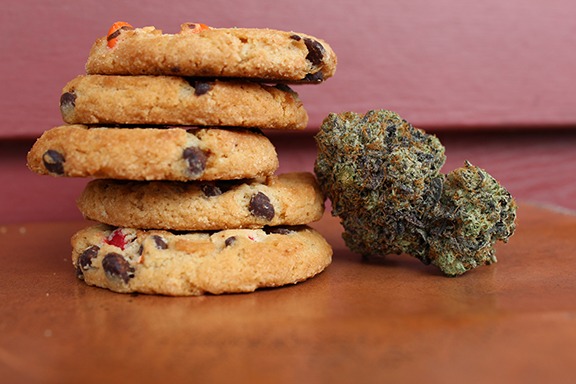
In this article, we will cover the timeline surrounding legalization 2.0. We will also discuss the new regulations, covering the safety of children and youth, food-specific testing, dosing, and packaging restrictions.
Finally, we’ll bring it back to Valens, giving you a glimpse of what makes us uniquely able to lead this next phase of legalization. With extraction forming the foundation for it all, you’ll see why we’re so excited about legalization 2.0, and why we’re confident that the best is yet to come.
The Legalization 2.0 Timeline
As anyone in the industry will attest to, regulated progress is never as simple as a single date. October 17th, 2019 was the tentative date set out in the initial Cannabis Act for amendments on concentrates and edibles, but it’s really just one important date of many.
June
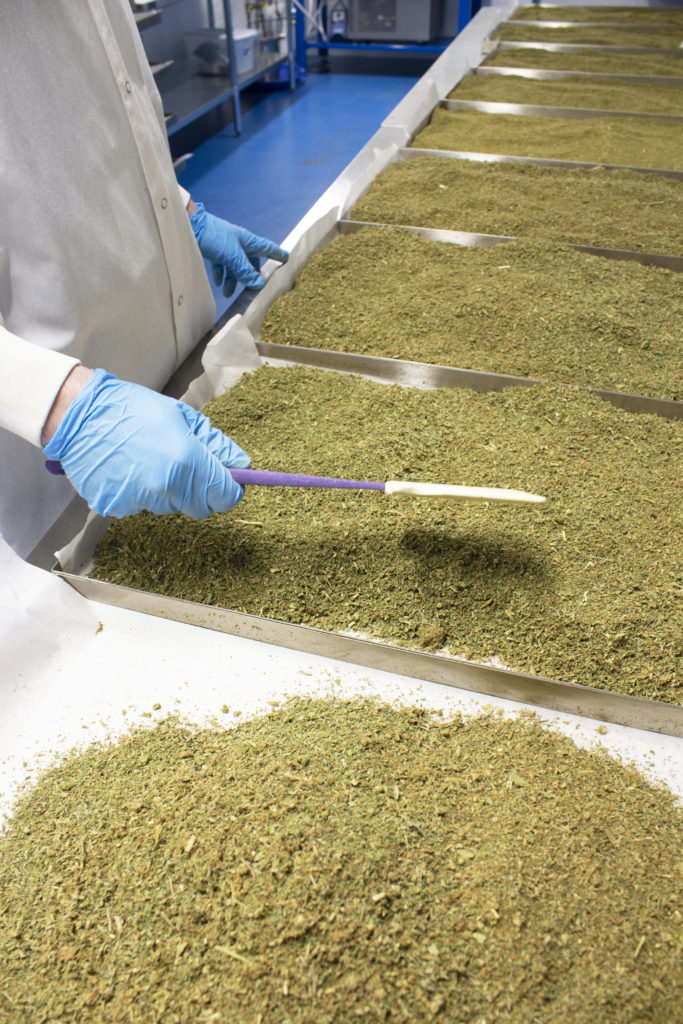
For legalization 2.0, our first important date was June 26th, 2019, when the new regulations were first published in the Canada Gazette (though initially documented on June 14th). This official newspaper of the Canadian Government is where new regulations, decisions, and notices are first given. It is where the updated regulations are now listed as the “Regulations Amending the Cannabis Regulations (New Classes of Cannabis)” , giving us the first official notice of the changes to expect.
July
Our second important date was July 15th, 2019, when those already holding federal licences could begin submitting requests for licence amendments. This process typically takes a few months, leading into October when the amendments will take effect.
October
On October 17th, 2019 amended licence holders can begin to submit notices to Health Canada of their new products. Each written notice must include the class of cannabis for the product, the product description and brand name, and the date of expected sale. These notices will not be approved or disapproved, but compliance may be verified at any time. On this date, products will not be available for retail sale.
December & Beyond
In accordance with Section 244 of the Cannabis Regulations, new product notices must be made 60 days prior to the sale of any products. This 60-day rule puts mid-December as the earliest date for when these new classes of products could be made available, for distributors and retailers alike.
As distributors must receive their products from licensed producers and processors, and then move the product to retailers, it’s expected that only a small supply of products will hit the shelves in December. Furthermore, decisions on which products to make available will also slow the process, starting with a limited number and slowly expanding.
However, if legalization 1.0 has taught us anything, it’s that slow progress is still progress. Looking forward to the future, we see legal, recreational cannabis edibles, topicals, and concentrates. This is something that Canada has never seen before, and for the first time in history, we have a semi-clear picture of what this will look like.
So let’s dive into the changes in cannabis regulations.
The New (and Improved) Cannabis Regulations
Child & Youth Safety
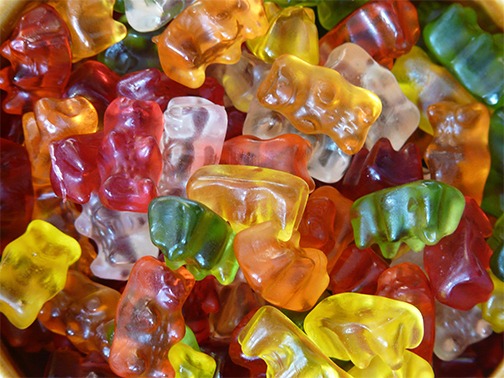
Since the preliminary discussions about legalization, government focus has been to reduce the black-market sale of cannabis and to keep it out of the hands of our youth. Following these promises on child-safety, we will continue to see strict regulations in product packaging and marketing.
Cannabis products must be contained in child-resistant packaging, and display characteristics that are not appealing to children. With regulations preventing the advertisement of dessert flavours and confectionary appeal, there has been some concern about how marketing will work for products that are naturally appealing.
“There’s still a little bit of confusion around ingredients, and the limitations on some of the shapes of these products. Cupcakes and other sweet treats, for example, will definitely have an appeal to younger people,” – Lucas McCann, CannDelta Inc.
Health Canada, on the other hand, doesn’t foresee this being a hindering requirement.
“Think of chocolate bars on the market today: there are chocolate bars that are designed and marketed to adult consumers and there are chocolates and candies that are marketed to kids.” – Health Canada representative
This means that the consumer favourite, cannabis-infused gummy bears, will not be making a legal appearance. Instead, these will be replaced by a less visually-appealing version, like clear gummy blocks instead of colourful bears, for example.
Dosage & Concentration
The government is not taking any risks when it comes to dosing, and strict precautionary measures are being set in place. With the characteristic delayed-onset of cannabis edibles (up to four hours, versus the almost immediate effects of smoking), many consumers have already had the unpleasant experience of over-consumption. This, compounded with the lack of consistency in black-market dosage and quality, has left edible consumption as a sort of roulette. With legalization 2.0, this is all set to change.
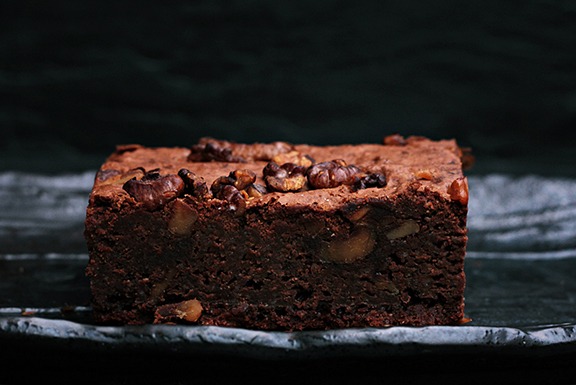
To prevent adverse reactions, the government has set the dose-per-package of edibles or container of infused beverages to 10mg of THC. For capsules, concentrates, and topicals, the maximum dose will be 1000mg per package, with 10mg per unit where applicable. These doses are considered low to moderate and have been deemed a good place to start.
As each dose must be individually wrapped, some consumers are concerned about the unnecessary waste that this will create. Some people are also unhappy about the strict nature of these regulations, while alcohol isn’t required to follow the same rigid structures.
“The 10-milligram limit is the equivalent of selling alcohol only in little airline bottles to stop people from getting too drunk. We are treating cannabis 10,000 times more severely than alcohol, which is clearly the greater risk to health and public safety.” – Dana Larsen, retailer and activist
Medical vs Recreational
Another major concern about this dosage control is that it also applies to medical patients, who may require higher doses of THC. In the U.S., there are some states that allow for higher dosing limits for medical cannabis patients. In Canada, the dosage limit will be the same for both the recreational and medicinal markets.
“It’s fine to say people can eat more than one piece, but I have cancer patients who use 500 milligrams in suppositories a day…Suppositories limit the psychoactive effects of cannabis extracts, while providing comfort to cancer patients” – Dana Larsen
Many believe that these strict limits will drive consumers back to the black market, where single packages often contain higher doses. Though these concerns are valid and will need to be addressed, missteps and frustrations are to be expected in these early stages. Canada is in a position to capitalize on its early-mover advantage for economic growth, but must also navigate the uncertain legal landscape of a new market.
Food Safety & Quality Control
Establishing strict guidelines and controls is a priority in keeping cannabis consumers safe. The edibles industry is expected to surpass $4 billion in North America by 2022, and with consumable products, the need for product testing is even more important.
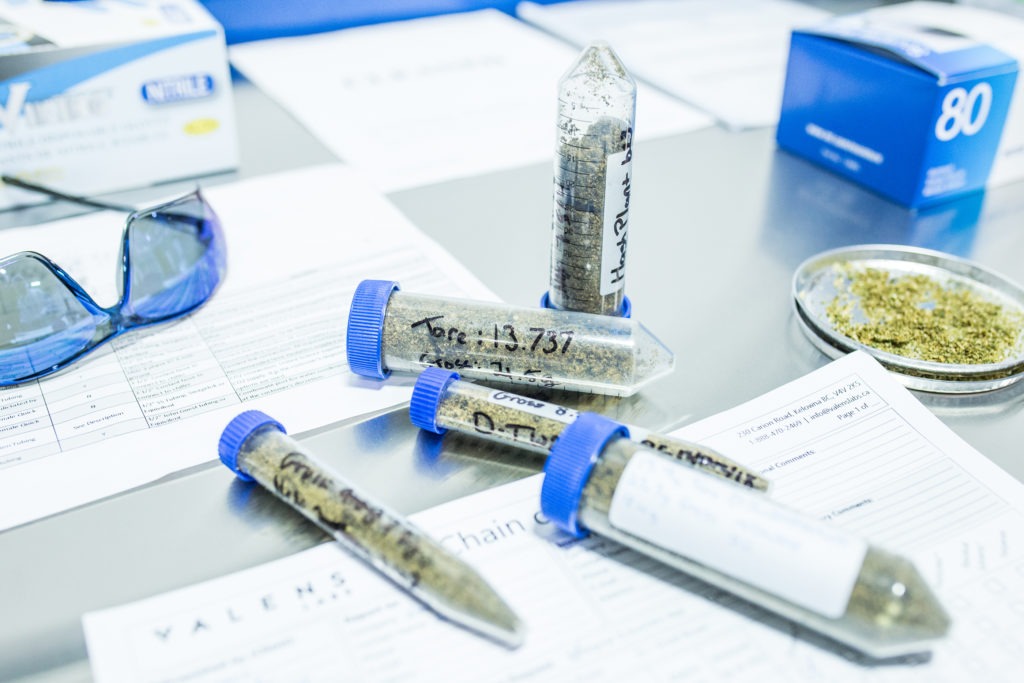
Another important public-health factor is the consistency of dosing in food products that are not homogeneous. In the black market, it’s not unusual to see varied cannabinoid concentrations within a single product or batch. One piece of chocolate, for example, may test at 5mg THC, while another piece from the same bar may test at 60mg THC.
Starting with Standardization
So how can we ensure dosing is accurate and products are safe for consumption? Strict packaging requirements and clear labeling are important endpoints, but quality control through standardized testing is the most logical place to start. At a plant level, and also throughout the extraction process, rigorous testing will ensure that only high-quality extracts move to market.
At Valens Labs, we continue to work with Thermo Fisher Scientific in developing standardized testing models. We believe in the importance of cannabis testing, and are dedicated to excellence and innovation in the testing sector.
Drawing on parallels from the food industry, we use techniques that detect cannabinoid concentrations and contaminants, even in complex food matrices. We also look to emulsion technology, where cannabis oil becomes water-compatible to homogeneously infuse into products.
With extracts that retain quality through heating, freezing and processing, we make it possible to meet food-safe requirements and beyond.
“Lifting the ban on edibles in 2019 doesn’t just mean having more marijuana filled pastries….(This) law’s passage opens up a vast new market filled with everything from cannabis creams and gels to transdermal patches and ingestible capsules.” – Jo Vos, Leafly Canada
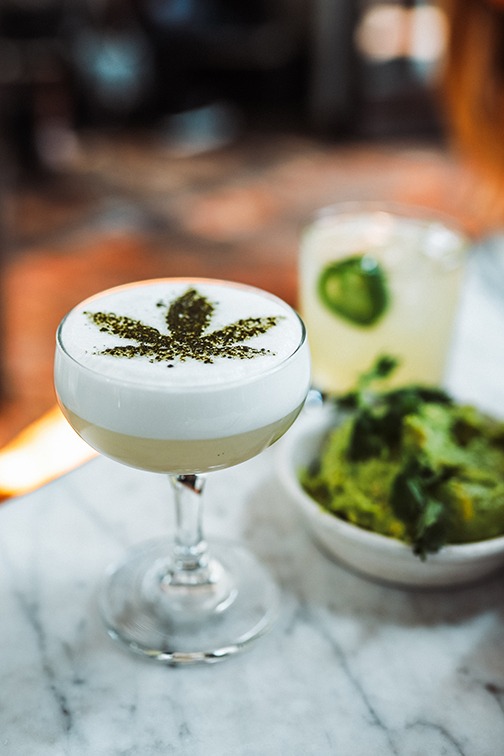
The Cannabis 2.0 Market
The majority of the market that legalization 2.0 opens up for the industry will be extraction-based products. This sector is estimated to bring in approximately $1.6 billion, and that’s not including the substantial market for infused beverages, concentrates, topicals, capsules, and tinctures.
We can expect to see unprecedented growth in supporting industries like food, beverage, beauty, and health & wellness. Infused products containing alcohol, nicotine, and added caffeine will be prohibited. Those with naturally occurring caffeine, like chocolate, will not be. As a result, companies in these industries are already actively building relationships with LP’s and processors.
Major players in the alcohol-industry have recognized that cannabis beverages will take over a portion of their market. They are quickly working to capture this anticipated loss of revenue. Consumer appeal is high for beverage infusions that are fast-acting, predictable in the duration of effects, and don’t have a characteristic taste or smell.
“THC, when properly dosed and metered, can offer a more clear-headed, enjoyable experience than alcohol for many people. It’s much easier on the body (no more hangovers), is amenable to zero-calorie forms and permits a wider variety of flavor profiles than alcohol.” – Justin Singer, Stillwater Foods
With legalization 2.0, we can also expect entirely new industries built around methods of cannabis consumption. Of these methods, vaporizers and their corresponding cartridges are expected to hit the market first.
“(Vape pens in the legal market) should really kick-start the industry. Retailers should start getting excited now that they can actually offer different products to really drive people to their stores.” – Tyler Robson, Valens
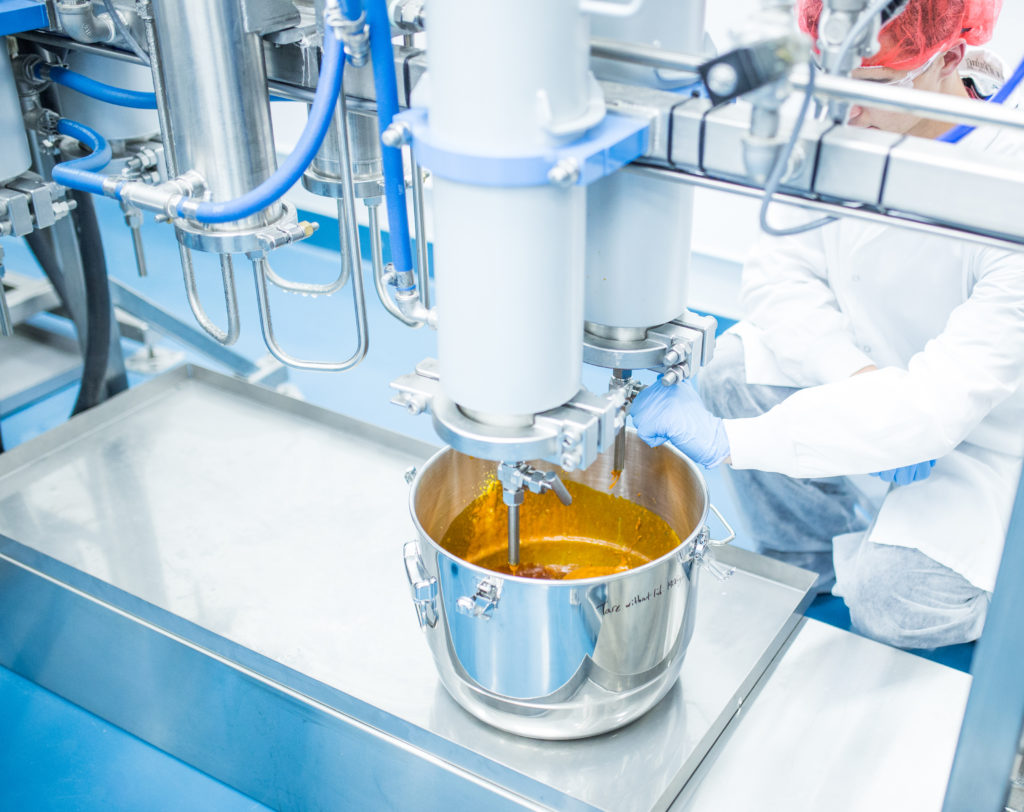
The Valens Advantage
Looking at the predicted scope of legalization 2.0, it’s evident that extraction will form the basis of the existing and emerging industries. Cannabis extraction is the channel that all producers must pass through in moving cannabis from plant to retail products. At Valens, we have positioned ourselves as extraction experts and industry leaders in this next phase of legalization.
Growing With Our Clients
In order to maintain this leadership position, Valens remains steadfast in the pursuit of excellence in cannabis testing, extraction expertise, and white-label product development. Facility expansion is currently underway, increasing our extraction capacity to an anticipated 1,000,000kg per year by early 2020.
This new facility will drastically increase capacity, but will also house all of the white-labeling needs of our clients. From gel capsules to edibles, topicals, and beverage formulations, this facility will allow us to grow alongside our rapidly evolving industry.
High-Quality Concentrates & Vape Cartridges
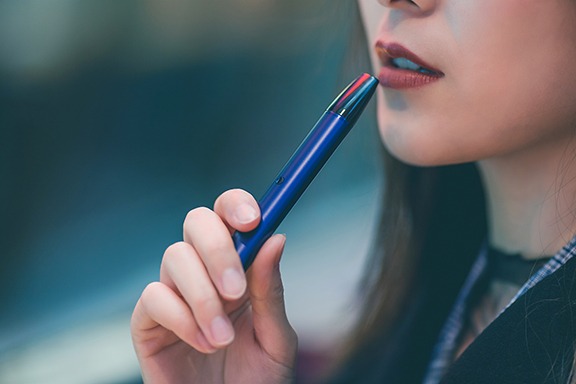
In addition to keeping up with the anticipated processing demand, Valens is also developing specific products that consumers are looking for. Not all concentrates are created equal, and Valens is committed to producing only the highest quality. Our different methods of extraction allow for the production of a variety of formulations, with maximum value for plant input.
One major area of our focus, with the support of extensive research and development, is the production of vaporizer cartridges. From distillates to broad-spectrum and premium raw concentrates, standard vape formulations are just the beginning.
SōRSE™ Technology
Another major area of focus for Valens is providing extracts for the beverage industry. Cannabis-infused beverages alone are expected to be a sizeable market, with estimates of over $500 million in Canada.
In October 2018, Valens secured a partnership with Tarukino Holdings Inc. to bring proprietary emulsion technology to the Canadian market. This SōRSE™ technology is one of the only proven methods for creating water-compatible cannabis and terpenes in the industry with shelf stability of over 365 days and a consistent onset and offset that works quicker than most others. This technology is essential for creating consistently-dosed consumable products.
SōRSE™ technology also allows infused products to maintain potency after freezing or heating, and eliminates the cannabis taste and smell. Valens has been working with the SōRSE™ team in Seattle to create new recipes for our clients, with exciting combinations to bring to the Canadian market.
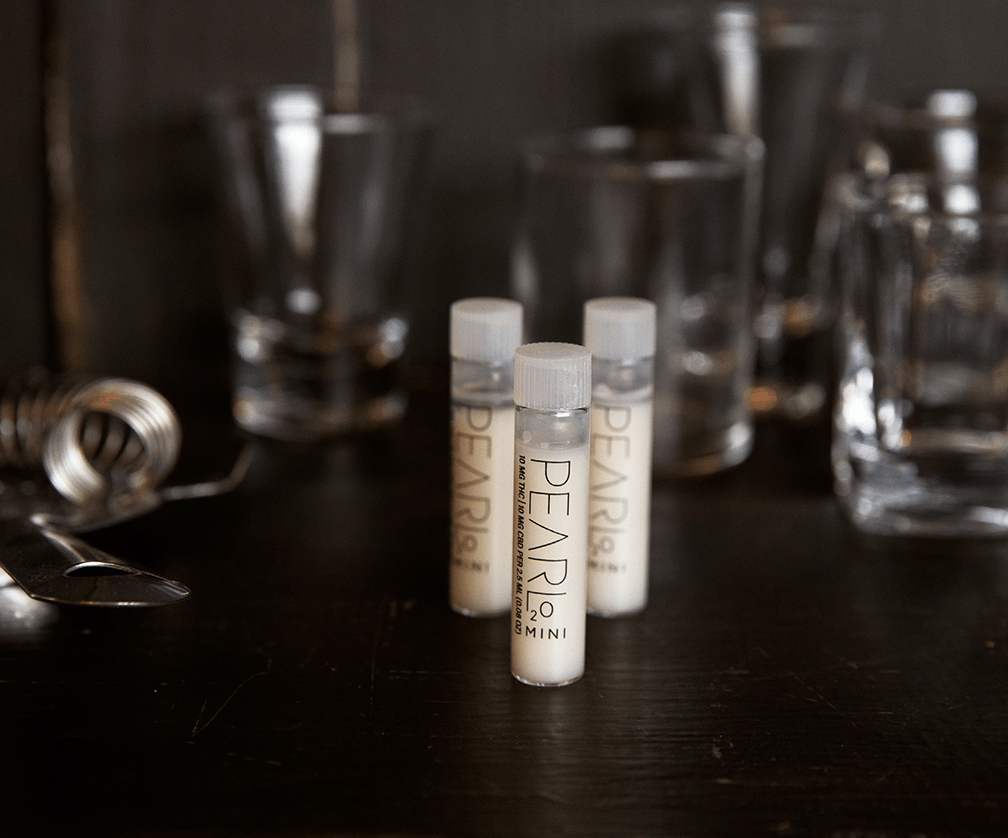
Life After Legalization 2.0
Looking to the future, we expect to see the demands of both cannabis connoisseurs and entry-level consumers shaping what comes next. Consumers are getting educated, choosing quality and safety over the quick and easy, and they’re expecting cannabis companies to do the same.
At Valens, we’ve put ourselves in a position to lead and deliver, for legalization 2.0 and beyond.
“Cannabis 2.0 will begin at a slow burn, growing in brightness and intensity in the months and years to come.” – Deloitte
References:
- Government of Canada Contributors (October 2018). Cannabis Act (S.C. 2018, c. 16). Justice Laws – Government of Canada.
- Government of Canada Contributors (June 2019). Backgrounder: Final regulations on new cannabis products. Government of Canada – Health Canada.
- Government of Canada Contributors (June 2019). Regulations Amending the Cannabis Regulations (New Classes of Cannabis): SOR/2019-206. Government of Canada – Canada Gazette.
- Government of Canada Contributors (June 2019). What industry needs to know about cannabis. Government of Canada – Cannabis in Canada.
- Lamers, M. (April 2019). Health Canada: No ‘advance notice’ for new infused marijuana products allowed. Marijuana Business Daily.
- Government of Canada Contributors (June 2019). Cannabis Regulations. Government of Canada – Health Canada.
- Subramaniam, V. (June 2019). No cannabis edibles on the shelves until mid-December, and then selection limited, says Health Canada. Financial Post.
- Harris, K. (June 2019). Canadians can expect tight supply when cannabis edibles become legal mid-December, officials say. CBC News.
- Beadle, A. (June 2019). Cannabis Edibles Shouldn’t Appeal to Kids, Say Canadian Regulators. Analytical Cannabis.
- Campanella, E. (March 2019). Marijuana edibles: Is Canada on track to legalize them? Global News.
- Shore, R. (June 2019). Guidelines for Canada’s cannabis edibles tight, but also vague. Vancouver Sun.
- Arcview Contributors (2018). The Tasty Future of Cannabis Edibles. Arcview Market Research & BDS Analytics.
- Russo, E. (2017). Pesticide Contamination of Cannabis in the Legal Market. PHYTECS.
- Blake, A., Nahtigal, I. (August 2019). The evolving landscape of cannabis edibles. Food Science 28: p25-31.
- Leghissa, A. (March 2018). Choosing Analytical Tools to Assess Complex Cannabis-Infused Matrices. Cannabis Science and Technology.
- Gibillini, N. (December 2018). Here’s a look at big names that have teamed up with Canadian pot firms so far. BNN Bloomberg.
- Morris, C. (February 2019). Cannabis May Pose a ‘Long-Term Risk’ to the Alcohol Industry. Fortune.
- Peckenpaugh, D. (November 2018). Cannabis: A New Frontier for Food Product Developers. Cannabis Products – Fall 2018.
- Deloitte Contributors (May 2019). Nurturing new growth: Canada gets ready for Cannabis 2.0. Deloitte.
- Deloitte Contributors (June 2019). Deloitte estimates next round of cannabis legalization will create a new $2.7 – billion market in Canada. Deloitte.
